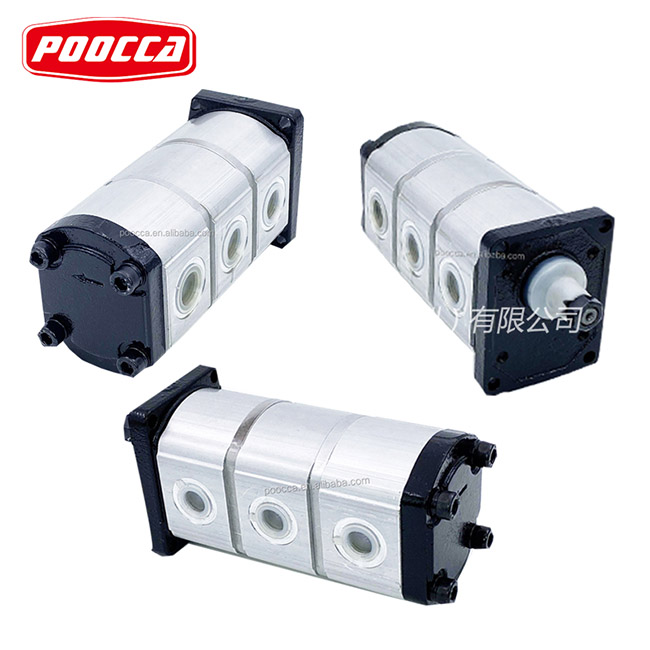Hydraulic systems have become increasingly important in today’s industries. They are used to power a wide range of equipment and machinery, from excavators and bulldozers to cranes and even airplanes. A hydraulic pump is an essential component of a hydraulic system. It is responsible for converting mechanical power into hydraulic energy, which is then used to power the system. One type of hydraulic pump is the two-stage hydraulic pump. In this article, we will discuss what a two-stage hydraulic pump is, how it works, and its applications.
Table of Contents
- What is a hydraulic pump?
- What is a two-stage hydraulic pump?
- How does a two-stage hydraulic pump work?
- Components of a two-stage hydraulic pump
- Advantages of a two-stage hydraulic pump
What is a hydraulic pump?
Before we delve into what a two-stage hydraulic pump is, we must first understand what a hydraulic pump is. A hydraulic pump is a mechanical device that converts mechanical energy into hydraulic energy. This energy is then used to power hydraulic systems, such as those found in heavy machinery, cranes, and airplanes. The hydraulic pump works by creating a vacuum at its inlet, which then draws hydraulic fluid into its chamber.
What is a two-stage hydraulic pump?
A two-stage hydraulic pump is a type of hydraulic pump that has two stages or chambers. In each stage, the pump draws in fluid and then pressurizes it before expelling it through the outlet. The two-stage pump is designed to provide higher pressure and flow rate compared to a single-stage pump. It is commonly used in heavy machinery and equipment that requires high power output.
How does a two-stage hydraulic pump work?
A two-stage hydraulic pump works by using two separate chambers to create a higher pressure and flow rate. The first stage of the pump draws in hydraulic fluid from the reservoir and then pressurizes it before sending it to the second stage. The second stage then takes the already pressurized fluid and pressurizes it even further before expelling it through the outlet.
Components of a two-stage hydraulic pump
The two-stage hydraulic pump consists of several components, including:
- Inlet and outlet ports
- Two-stage chambers
- Pistons or gears
- Valve mechanism
- Drive mechanism
The inlet and outlet ports are used to draw in hydraulic fluid and then expel it through the pump. The two-stage chambers are used to pressurize the fluid in two stages, with the second stage being used to further pressurize the fluid. The pistons or gears are used to create pressure within the chambers. The valve mechanism is used to control the flow of fluid, while the drive mechanism is used to power the pump.
Advantages of a two-stage hydraulic pump
The two-stage hydraulic pump has several advantages over a single-stage pump, including:
- Higher pressure and flow rate: The two-stage pump can deliver higher pressure and flow rate compared to a single-stage pump, making it ideal for heavy machinery and equipment.
- Energy-efficient: The two-stage pump is more energy-efficient compared to a single-stage pump, as it requires less power to produce the same output.
- Reliable: The two-stage pump is more reliable compared to a single-stage pump, as it has a backup chamber that can be used in case of a failure in the first chamber.

Post time: Apr-10-2023





